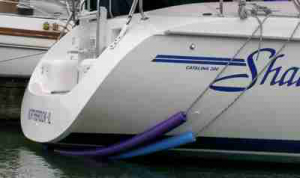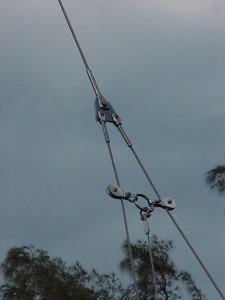Eliminating Dismasting Possibility
Warren Elliott
August, 2008
Hull #: 44
Simple Repair Eliminates Dismasting Possibility
I don’t mean to worry our C380 captains–the chances are pretty remote for a dismasting–but one of our fleet did suffer this “fate”, so I thought some relevant info would be helpful to at least a few of our members.
The particular unhappy event took place with winds gusting to 30+ kts. Before departure, the rig appeared normal per the captain’s brief check. Early conditions had winds in the low 20’s, so the C380, which had a Z-Spar tall rig, was reefed accordingly. Just after coming about, the mast folded to port/aft about 10 feet above the deck. Luckily, no one was hurt.
Subsequent inspection revealed all stays, shrouds & chainplates to be intact, with no obvious fault. It was noted that a lower-spreader tip had been dislodged, and was “hanging” in the now-loose rigging.
You need to be logged in to see the rest of this content. Catalina380-IA members, please login.
To join please fill out a membership application (Association->Membership Application) and send a check to the address on the form.


